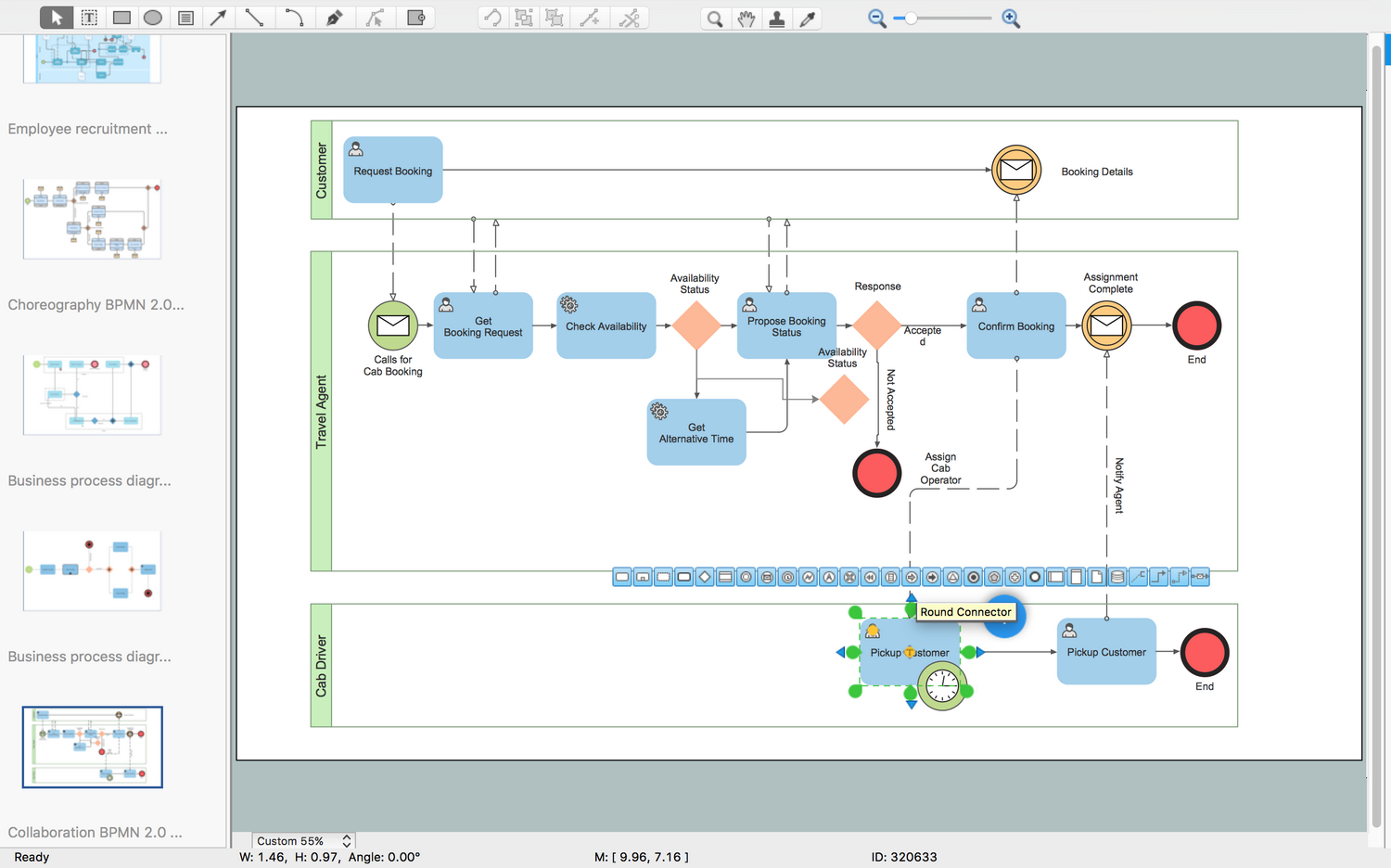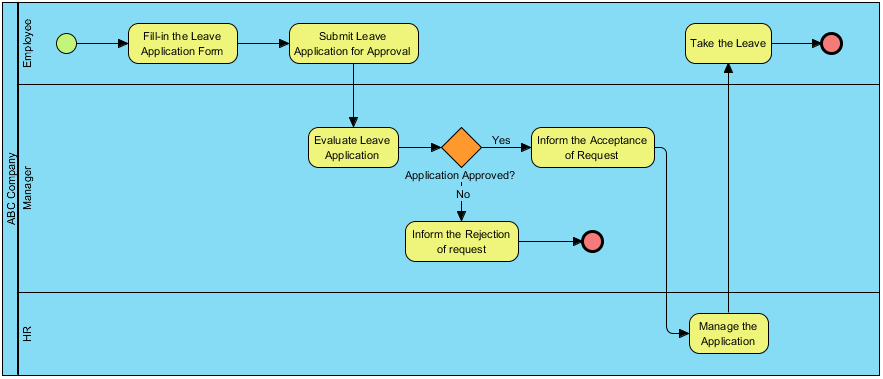
Using a flowchart lets the business define its process steps in sequential order, which is useful for accurately representing the process from start to finish. Once the team member completes and checks the box, a different arrow points to a new box that contains the next step of the process. The starting arrow flows to the first checkbox.


A UPN focuses on what each box does, who does each box's task and when they're supposed to complete it. The purpose of a UPN is to make the process faster and more efficient by showing the process steps. Universal Process NotationĪ Universal Process Notation (UPN) is a chart that models a process as it's happening by using arrows and check boxes. UML diagrams typically measure the behavior of a process. A business might use a UML diagram to show the process of how a customer uses its online store to search for, view and purchase a product. UML diagrams also use symbols and arrows to represent parts of a business process. Unified Modeling Language diagramĪ Unified Modeling Language diagram uses UML to represent or visualize software systems. A team member should be able to look at the BMPN and easily identify the process it's modeling. BMPNs are typically easy to understand because they visually show the process steps. The role of these symbols is to communicate the flow of the process. A BPMN has a standard set of symbols, but a company can create its own symbols to represent steps or activities that are specific to its processes. There are many business process modeling types, including: Business Process Modeling NotationĪ Business Process Modeling Notation (BPMN) is a graph that uses symbols, lines and arrows to represent work activities. Related: 10 Techniques for Effective Business Analysis List of business process modeling types They can also use this modeling to determine the future state after they make the changes. Companies use business process modeling to reflect the current state of their processes. Business process modeling simplifies the steps of a process so leadership and other decision-makers can study them. The purpose of business process modeling is to identify ways to improve internal processes, such as the production of an item. What is business process modeling?īusiness process modeling involves creating a visual representation, such as a graph or chart, to illustrate workflows, events or activities within a business. In this article, we define business process modeling, discuss different types and explain how to implement business process modeling in five steps. Business process modeling is a common visualization technique that you might be able to use to improve various processes.

Visualizing processes can make it easier to identify steps or areas that companies can change. Most businesses continuously look for ways to streamline different organizational processes, which can improve employee engagement and customer satisfaction.


 0 kommentar(er)
0 kommentar(er)
